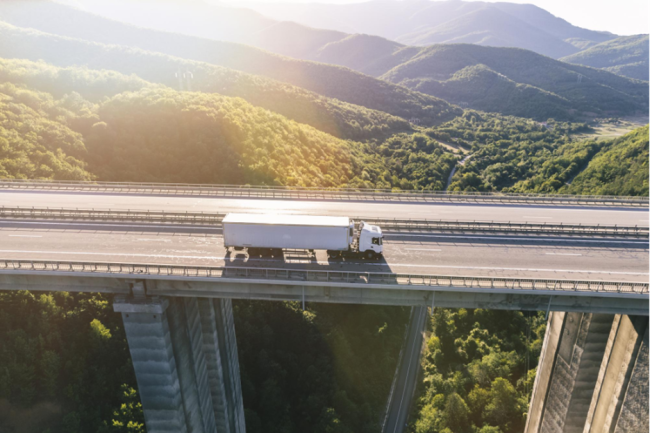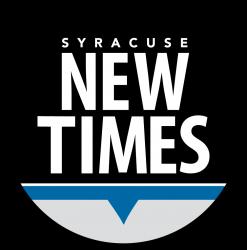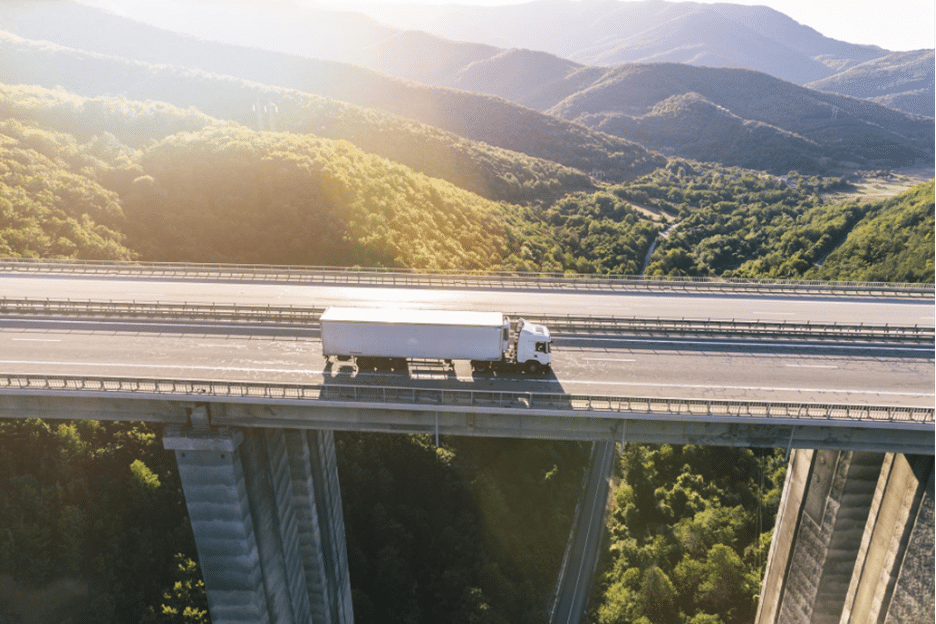Truck accidents differ fundamentally from regular car crashes because the commercial trucking industry operates through a complex network of interconnected businesses, each potentially bearing responsibility when things go wrong. When an 80,000-pound tractor-trailer collides with a passenger vehicle, the devastating consequences often trace back to decisions made by multiple parties throughout the transportation chain, from corporate boardrooms to loading docks to maintenance bays.
The truck driver behind the wheel represents just one piece of a much larger puzzle that accident victims must understand to secure full compensation. This complexity makes understanding what to do after a truck accident essential, as experienced attorneys must quickly identify and preserve evidence against numerous potential defendants who may attempt to shift blame or destroy crucial documentation.
The typical car accident involves two drivers and their insurance companies, but truck accidents can involve a dozen or more entities whose collective negligence contributed to catastrophic injuries and property damage. Missing any of these liable parties can cost accident victims millions of dollars in potential compensation, especially when dealing with life-altering injuries that require decades of medical care.
How the Trucking Industry Creates Multiple Defendants
The modern trucking industry deliberately fragments responsibility across numerous entities to limit individual liability exposure while maximizing operational efficiency and profit margins. This fragmentation creates a shell game where determining actual responsibility requires peeling back layers of corporate structures, contractual relationships, and operational arrangements designed to obscure accountability.
Trucking companies may own trucks but lease drivers, own drivers but lease trucks, or operate as brokers who arrange transportation without owning any equipment. These arrangements shift depending on tax advantages, insurance costs, and liability concerns rather than operational necessity. When accidents occur, each entity points fingers at others while victims struggle to identify who actually bears responsibility for their injuries.
Independent contractor relationships, lease agreements, and subcontracting arrangements create additional complexity by blurring the lines between employers and employees. A single truck traveling down the highway may involve an owner-operator driving under another company’s authority, hauling cargo arranged by a freight broker, loaded by a third-party warehouse, and maintained by an independent service provider.
Beyond the Driver: Primary Corporate Defendants
The Motor Carrier’s Web of Responsibility
Motor carriers face liability through multiple legal theories that extend far beyond simple employer responsibility for driver actions. These companies must ensure driver qualifications, provide adequate training, maintain vehicles properly, and monitor driver performance to prevent accidents. Failures in any of these areas create direct liability regardless of whether drivers are employees or independent contractors.
Negligent hiring practices create liability when companies fail to conduct proper background checks, verify driving records, or screen out drivers with histories of violations or substance abuse. Federal regulations require specific hiring procedures and qualification standards that, when ignored, establish company negligence in accident cases.
Training deficiencies represent another source of direct company liability, particularly for new drivers or those transitioning to different types of equipment. Companies must provide adequate training on vehicle operation, safety procedures, and federal regulations. Inadequate training that contributes to accidents creates liability separate from driver negligence.
Operational Control vs. Independent Contractor Status
The distinction between independent contractors and employees becomes crucial in determining motor carrier liability, but this determination depends on actual operational control rather than contractual labels. Companies that exercise significant control over driver activities, routes, schedules, or equipment may face liability despite independent contractor agreements.
Lease agreements often contain provisions that give motor carriers substantial control over driver operations while attempting to maintain independent contractor status for other purposes. Courts examine the reality of these relationships rather than contract language when determining liability in accident cases.
Federal operating authority creates additional liability pathways by requiring motor carriers to ensure safe operations regardless of driver employment status. Companies operating under federal authority bear responsibility for accidents involving drivers operating under their Department of Transportation numbers.
The Supporting Cast: Secondary Defendants
Cargo loading companies occupy a critical position in the liability chain because improperly loaded freight contributes to numerous truck accidents through shifting loads, weight distribution problems, and inadequate securement. These companies face liability when their negligence creates dangerous driving conditions that contribute to accidents.
Overloading violations, improper weight distribution, and inadequate cargo securement violate federal regulations and create liability for loading companies whose errors contribute to accidents. Cargo that shifts during transport can cause loss of vehicle control, while overweight loads stress braking systems and increase stopping distances.
Shipping companies that provide cargo may also face liability when they fail to properly declare hazardous materials, provide accurate weight information, or ensure appropriate packaging for transportation. These responsibilities extend beyond the loading process to include proper documentation and safety communications.
Third-party maintenance providers create liability exposure through:
- Inadequate brake system repairs that contribute to stopping failures
- Tire installation errors or substandard equipment that causes blowouts
- Steering system maintenance that creates control problems
- Safety inspection failures that miss dangerous conditions
- Record falsification that hides maintenance deficiencies.
Maintenance companies must follow federal regulations and industry standards when servicing commercial vehicles. Their negligence in repairs, inspections, or record keeping creates liability when mechanical failures contribute to accidents.
Product Defects and Manufacturing Liability
Equipment failures represent a significant source of truck accidents that create product liability claims against manufacturers of trucks, trailers, and component parts. These failures often result from design defects, manufacturing flaws, or inadequate safety warnings that make equipment unreasonably dangerous for its intended use.
Modern trucks contain sophisticated electronic systems, including stability control, collision avoidance, and automatic braking that must function properly to prevent accidents. When these systems fail due to design or manufacturing defects, equipment manufacturers face liability for resulting accidents regardless of driver or company negligence.
Tire manufacturers face particular scrutiny in truck accident cases because tire failures contribute to numerous serious accidents each year. Defective tire design, manufacturing flaws, or inadequate warnings about proper maintenance can create liability when blowouts cause loss of vehicle control.
Component part manufacturers for braking systems, steering mechanisms, suspension parts, and safety equipment may face liability when their products fail and contribute to accidents. These cases often require extensive engineering analysis and expert testimony to establish defects and prove causation.
Financial and Operational Partners
Leasing companies occupy an increasingly important role in truck accident liability as more trucking operations rely on leased equipment rather than owned vehicles. The nature of lease arrangements determines liability exposure, with operational leases creating greater responsibility than simple financing arrangements.
Full-service leases that include maintenance, insurance, and operational support create deeper liability exposure for leasing companies that exercise control over vehicle safety and maintenance. These arrangements may make leasing companies liable for accidents caused by maintenance failures or safety violations.
Financing institutions occasionally face liability when they:
- Exercise operational control beyond typical lender relationships
- Make safety-related decisions that influence trucking operations
- Require specific operational practices that contribute to accidents
- Control maintenance schedules or safety compliance programs.
Freight brokers arrange transportation between shippers and motor carriers but may face liability when they fail to verify carrier qualifications, safety ratings, or insurance coverage. Their duty to ensure carrier competence creates potential liability when they arrange transportation with unqualified or dangerous carriers.
Building Comprehensive Cases Against All Defendants

Successful truck accident litigation requires immediate investigation to identify all potential defendants and preserve evidence before it disappears or gets destroyed. This investigation must examine corporate structures, contractual relationships, operational arrangements, and insurance coverage for all parties who may bear responsibility.
Understanding the full scope of potential defendants in truck accident cases requires comprehensive legal analysis and investigation that extends far beyond identifying the driver and trucking company. The complex web of commercial relationships creates numerous opportunities for compensation when all responsible parties are properly identified and held accountable for their negligence.










